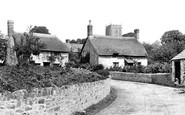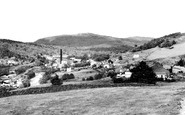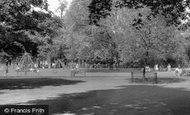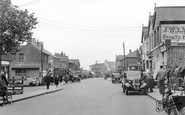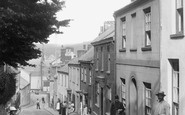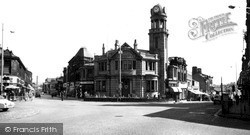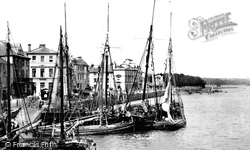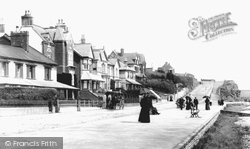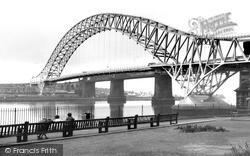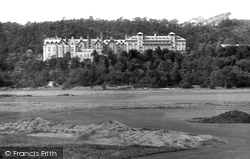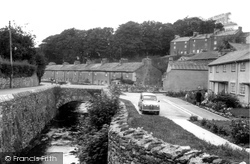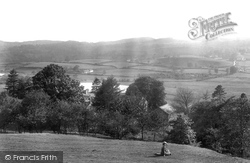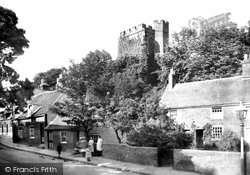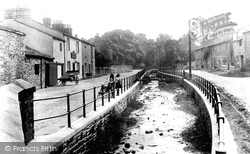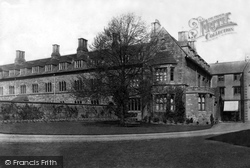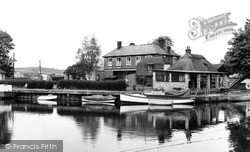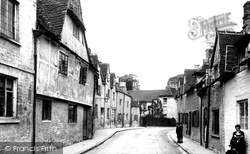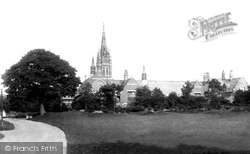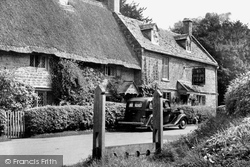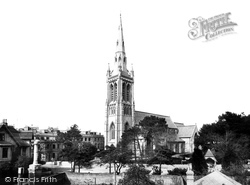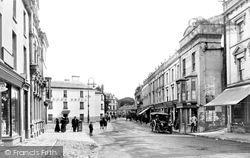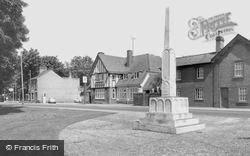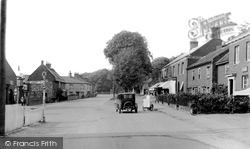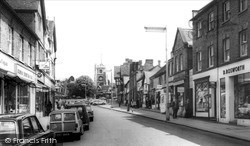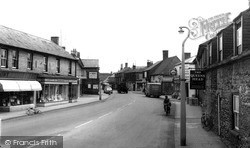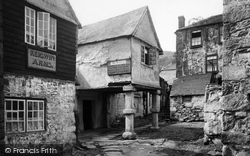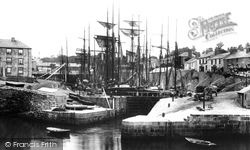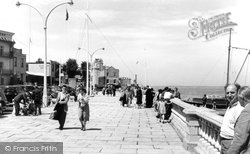Places
18 places found.
Those places high-lighted have photos. All locations may have maps, books and memories.
- Hythe, Kent
- Hythe, Hampshire
- Small Hythe, Kent
- Bablock Hythe, Oxfordshire
- Methwold Hythe, Norfolk
- Hythe, Somerset
- Hythe, Surrey
- Hythe End, Berkshire
- The Hythe, Essex
- Egham Hythe, Surrey
- West Hythe, Kent
- New Hythe, Kent
- Broad Street, Kent (near Hythe)
- Horn Street, Kent (near Hythe)
- Newbarn, Kent (near Hythe)
- Newington, Kent (near Hythe)
- Broad Street, Kent (near Hythe)
- Stone Hill, Kent (near Hythe)
Photos
360 photos found. Showing results 1,301 to 360.
Maps
101 maps found.
Books
10 books found. Showing results 1,561 to 10.
Memories
4,406 memories found. Showing results 651 to 660.
Happy Days
I came to live in Ardpeaton Lodge at the age of 2 when my father was transferred from Wales to Coulport. At that time the Lodge was owned by the MOD along with Ardpeaton House which was further up the drive. Two years later the House was ...Read more
A memory of Ardpeaton in 1947 by
Grandmother And Grandfather, Also Aunts & Uncles Lived In The Village
My grandmother and grandfather had the general store and post office. Their name was Cridland. One of my aunties and uncle Charles had a house down by the church, their name was ...Read more
A memory of Old Cleeve in 1930 by
Ford Family In Hanbury 1700s On
We travelled from Sydney, Australia in 2006 to Hanbury, looking for traces of our Ford Family who had lived in the area around 1800. Our particular ancestor was a convict, John Ford, "Alias Tonks", b. 1801. ...Read more
A memory of Draycott in 2006 by
The Whitewater Hotel At Backbarrow, Near Newby Bridge
I stayed in Backbarrow for several days at the Whitewater Hotel which has been converted from a former mill building by the river. The lobby of this lovely "spa hotel" has display cabinets of ...Read more
A memory of Backbarrow in 2008 by
My Roots From Birth To 50years
2008 and this shop is still here. It has changed very little in looks. It was owned by the same family Bonner from my early memory of about 1950 for many years. Today it remains a post office/shop
A memory of Stoke Hammond in 1944 by
Raf Tern Hill And St Josephs College
From 1946 till 1951 we lived at RAF Tern Hill and every day my brother and I travelled by bus (Butters Bus Company as I remember!). We were dropped off near the lovely ivy-covered hotel in the square, and ...Read more
A memory of Market Drayton by
Playground Apparatuses
How wonderful to have my memory jogged by the lovely pictures of Clapham Common. After school, most days we (my brother Lance) and my mother would have such fun. We would play spot the park keeper, (always nicely turned ...Read more
A memory of Clapham in 1962 by
Police House 1939 45
The Police House was located on Radcliffe Road, Cropwell Butler. (now called 'The Old Police House'). On the front wall it bore a sign bearing the words 'County Police'. From 1939 to 1945 it was occupied by the Village ...Read more
A memory of Cropwell Butler in 1940 by
Laindon High Road
This photograph shows a car with a lady coming out of a shop.This car belonged to my neighbour Arthur Pearman who now lives in Billericay. The lady was his wife who is now no longer with us. Arthur had bought this car as a wreck and ...Read more
A memory of Laindon by
Meeting Street
I have a copy of the Meeting Street photo as the girl standing in the road (with the black sleeve) is my Grandmother SARAH POWE (nee Lesley). The family house was at 29 Meeting Street just out of view. Grandmother also ran the BELL ...Read more
A memory of Appledore by
Captions
4,899 captions found. Showing results 1,561 to 1,584.
Standing in the centre of the town at the junction of roads to Yorkshire and the north is the extravagantly ornate Union Bank Building, occupied by Barclays in the 1950s and now by the
Today the quay is mostly used by the Lundy ferries.
It gets its name from the salterns, or salt pans, used by the monks of nearby Otterton Priory.
The cost isn't helped by the fact that each winter around half a million starlings roost on the bridge!
It had also been known as the Golf Hotel - a golf course had been constructed on the land occupied by the cattle in No 54235.
Low Row is to the left, the lowest of three similar rows; Middle Row had been demolished by the time of the picture.
Esthwaite Water, south of Hawkshead, is one of the quietest of the lakes, and is a Norse name meaning 'the lake by the eastern clearing'.
Today it peers over the western Roman wall exposed by the demolition of all these cot- tages and into the roaring gulch cut by Balkerne Hill, a dual carriageway stretch of the western bypass
Owned for centuries by the Aspinall family, Pendleton was an old village when the Domesday Book was compiled.
The foundation stone was laid on 26 June 1860 by the Earl of Shaftesbury.
The inn has over the years provided shelter to many villagers whose homes have been plundered by the lashings of storms and rising tides. In this picture the still waters of the River Medway run deep.
The boys in their Sunday best were plainly fascinated by the photographer.
Built on land that was purchased for £4,800, it was designed by the architect Benjamin Sykes in the 'domestic Gothic' style.
It was once owned by the Falkland family, hence its name. The Falkland Islands were named after Viscount Falkland, who was killed at the Battle of Naseby in 1643.
Not all invalid visitors were completely captivated by the sprawling health resort. Some were critical of the dryness of the company.
This beautiful Tudor mansion was built at the end of the reign of Henry VIII by the successful lawyer Sir John Hynde, partly from materials salvaged when they pulled down the church of St Etheldreda in
The Wyndham Hotel is clearly visible on the left, designated as 'of special historical and architectural interest' by the Welsh Office.
The four panels of the main shaft were finely carved by the sculptor Eric Gill.
Summer trade is served by the Eldorado ice cream cart with its well-known invitation to 'Stop Me'.
The scene has changed very little since 1955, except that this fine street has been blighted by the thoughtless introduction of ugly lighting columns; the parking problems, very apparent in 2000, are beginning
The right-hand side of Market Street has been redeveloped, with the Queens Head replaced by the Market Street Cafe and a hairdresser's shop.
The Keigwin Arms takes its name from Jenkin Keigwin, a local squire killed by the Spaniards in 1595 when they sacked the town in revenge for the destruction of the Armada.
Built by Charles Rashleigh and designed by the ubiquitous John Smeaton, Charlestown was once one of Cornwall's busiest ports, shipping tin from the Polgooth Mine which in 1790 was the biggest in Cornwall
A more casual style of dress had become popular by the 1950s. Motor bikes were a common feature of the Parade, and the number of cars was growing.
Places (18)
Photos (360)
Memories (4406)
Books (10)
Maps (101)



